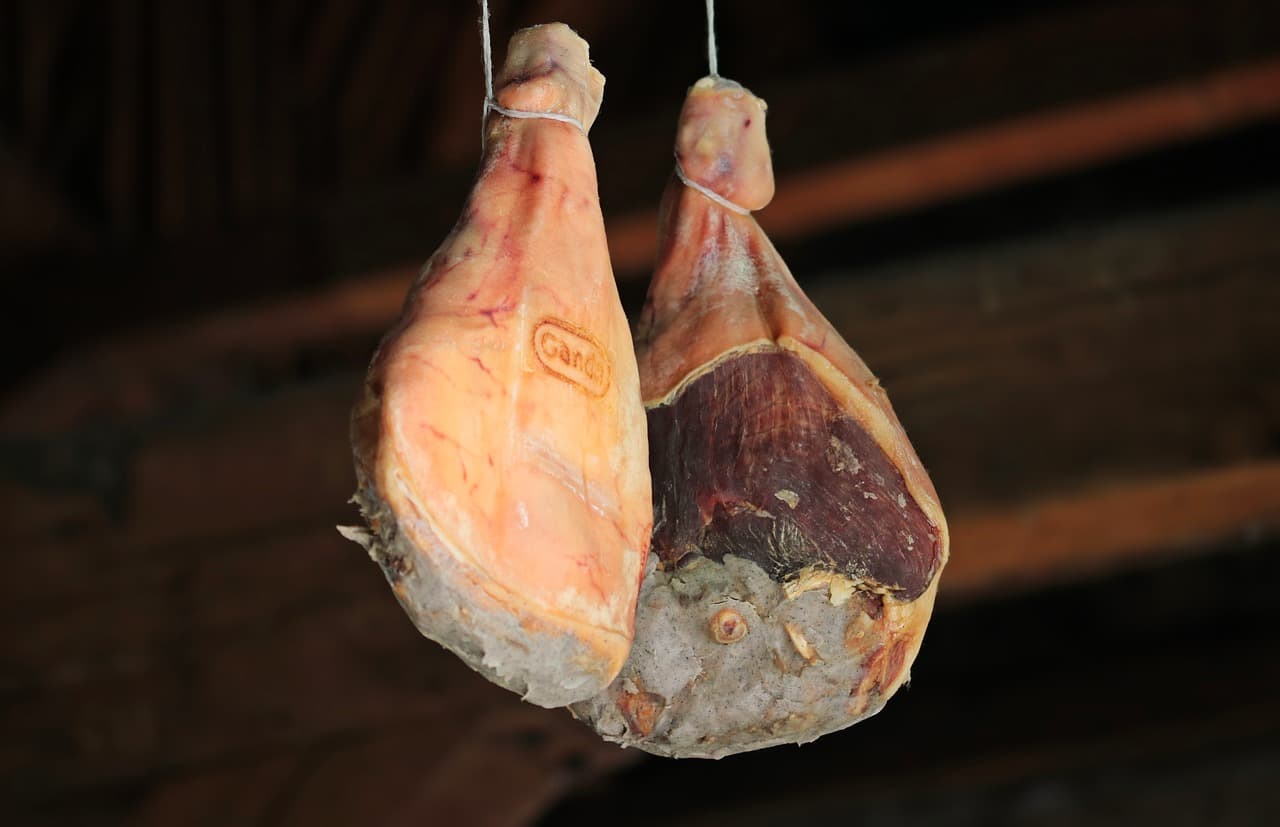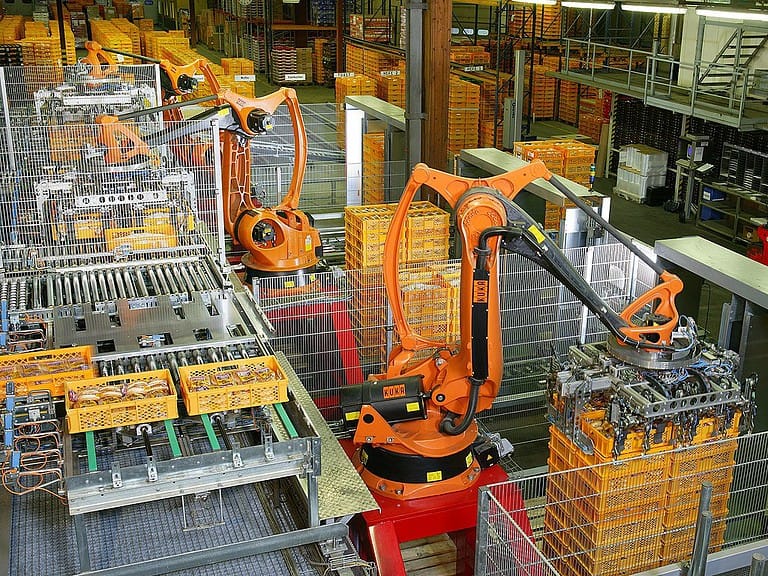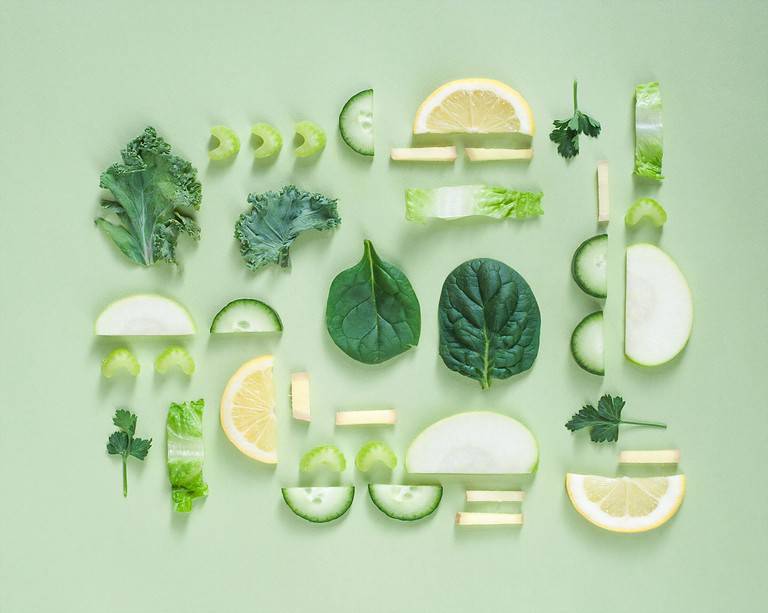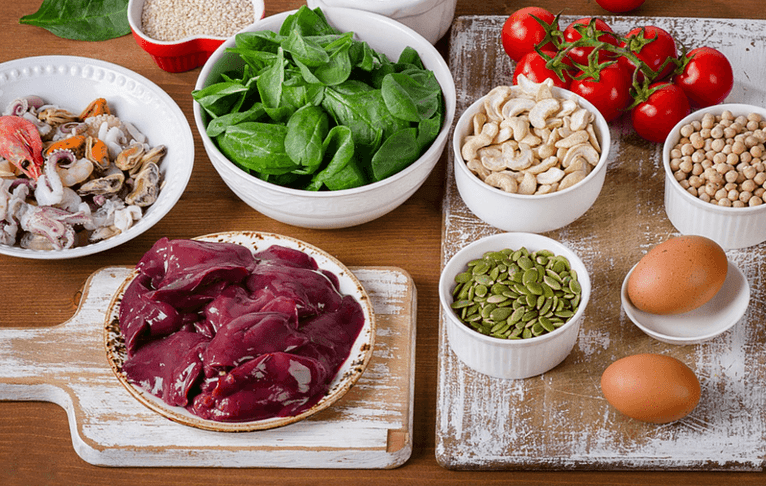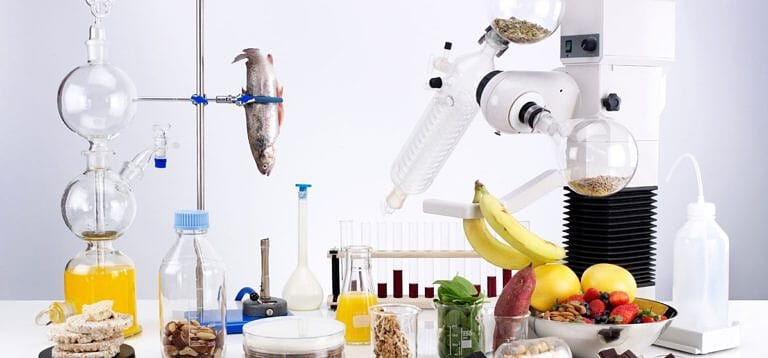The Evolution of Food Preservation: Ancient Techniques to Modern Technologies
As I look back at the history of food preservation, I am amazed at how far we have come. From ancient techniques to modern technologies, the evolution of food preservation has been a fascinating journey. Food preservation has been an integral part of human history, dating back to prehistoric times when people used drying, smoking and salting to preserve food. Over the centuries, people have developed new and innovative ways to preserve food, and today we have an array of modern technologies at our disposal.
The history of food preservation is a testament to human ingenuity and the desire to ensure a steady food supply. Ancient civilizations used various preservation techniques to store food for long periods. For example, the ancient Egyptians used honey to preserve fruits, and the Chinese used salt to preserve meat. As time went by, people developed new methods of food preservation, such as canning, pasteurization and refrigeration. These techniques revolutionized the food industry and allowed people to store food for longer periods, thereby reducing food waste and increasing food production.
Today, we have access to a wide range of food preservation technologies, from vacuum packaging to irradiation. These technologies have made it possible to preserve food for even longer periods, ensuring a steady food supply for people all over the world. As food production continues to grow, it is essential to have efficient and effective food preservation techniques to ensure that food is not wasted and that people have access to safe and nutritious food.
Ancient Techniques
As I explore the evolution of food preservation, I cannot help but marvel at the ingenuity of our ancestors. They had no access to modern technologies, yet they found ways to preserve food for long periods. In this section, I will discuss some of the ancient techniques that were used to preserve food.
Salting
Salting is one of the oldest methods of food preservation, dating back to ancient times. Our ancestors discovered that salt could be used to preserve meat, fish, and vegetables. They would cover the food with salt, which would draw out the moisture, making it less hospitable for bacteria to grow. The salt would also create a hostile environment for bacteria, preventing spoilage.
Smoking
Smoking is another ancient technique that was used to preserve food. Our ancestors discovered that exposing food to smoke could help preserve it for longer periods. Smoke contains chemicals that can kill bacteria, and it also helps to dry out the food, making it less hospitable for bacteria to grow.
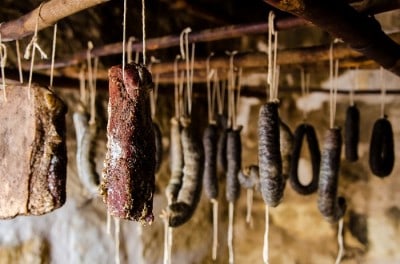
Curing
Curing is a method of food preservation that involves adding salt, sugar, or nitrates to meat or fish. Our ancestors discovered that curing could help preserve meat and fish for long periods. The salt and sugar would draw out the moisture, making it less hospitable for bacteria to grow. The nitrates would also help to kill bacteria, preventing spoilage.
Pickling
Pickling is a method of food preservation that involves soaking food in vinegar or brine. Our ancestors discovered that pickling could help preserve vegetables and fruit for long periods. The vinegar or brine would create a hostile environment for bacteria, preventing spoilage.
Jarring
Jarring is a method of food preservation that involves sealing food in jars. Our ancestors discovered that sealing food in jars could help preserve it for long periods. The jars would create an airtight environment, preventing bacteria from growing.
Jam
Jam is a method of food preservation that involves cooking fruit with sugar. Our ancestors discovered that cooking fruit with sugar could help preserve it for long periods. The sugar would draw out the moisture, making it less hospitable for bacteria to grow. The cooking process would also help to kill bacteria, preventing spoilage.
In conclusion, our ancestors were resourceful in finding ways to preserve food for long periods. These ancient techniques have evolved over time, and some are still in use today.
Traditional Preservation Methods
Long before the advent of modern technologies, people had to rely on traditional methods to preserve their food. These methods included drying, freezing and canning.
Drying
Drying is one of the oldest and simplest methods of food preservation. It involves removing moisture from food, which inhibits the growth of bacteria and other microorganisms that cause spoilage. People have been drying food for thousands of years, and it remains a popular technique today.
There are several ways to dry food, including sun-drying, oven-drying, and dehydrating. Sun-drying involves placing food in the sun to dry naturally. Oven-drying involves placing food in an oven set at a low temperature to dry. Dehydrating involves using a dehydrator to remove moisture from food.
Drying is an effective method of food preservation that can extend the shelf life of produce by several months. However, it is important to note that drying can also cause some loss of nutrients.
Freezing
Freezing is another popular method of food preservation. It involves lowering the temperature of food to below freezing, which slows down the growth of microorganisms that cause spoilage. Freezing is a great way to preserve produce, as it can extend the shelf life of food by several months.
To freeze food, it is important to first blanch it. Blanching involves placing food in boiling water for a short period of time to stop enzyme activity. This helps to preserve the color, flavor and texture of the food.
One of the downsides of freezing is that it can cause some loss of nutrients. However, it remains a popular method of food preservation due to its convenience and effectiveness.
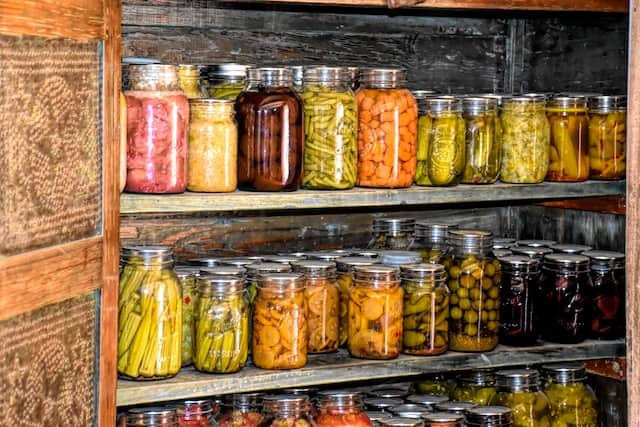
Canning
Canning is a method of food preservation that involves sealing food in airtight containers. The containers are then heated to a high temperature to kill any bacteria or other microorganisms that cause spoilage. Canning is a great way to preserve produce, as it can extend the shelf life of food by several years.
There are two main types of canning: water bath canning and pressure canning. Water bath canning is used for high-acid foods, such as fruits and pickles. Pressure canning is used for low-acid foods, such as vegetables and meats.
Canning is an effective method of food preservation, but it can be time-consuming and requires some specialized equipment. However, it remains a popular method of preserving produce due to its effectiveness and long shelf life.
Emerging Preservation Technologies
As I mentioned earlier, the food industry is constantly evolving, and new preservation techniques are emerging. These emerging preservation technologies aim to extend the shelf life of food products while maintaining their nutritional value and quality attributes. In this section, I will discuss some of the emerging preservation techniques that are being used in the food industry.
Irradiation
Irradiation is a preservation technique that involves exposing food to ionizing radiation. This technique can be used to kill bacteria, viruses and other microorganisms that can cause foodborne illnesses. Irradiation can also be used to extend the shelf life of food products by slowing down the ripening process. However, some consumers are concerned about the safety of irradiated food products, and there are strict regulations in place to ensure that food products are irradiated safely.
Ohmic Heating
Ohmic heating is an emerging preservation technique that involves passing an electric current through a food product. This technique can be used to heat food products quickly and evenly, which can help to preserve their nutritional value and quality attributes. Ohmic heating can also be used to kill bacteria and other microorganisms that can cause foodborne illnesses.
Radio Frequency
Radio frequency is another emerging preservation technique that involves using electromagnetic waves to heat food products. This technique can be used to heat food products quickly and evenly, which can help to preserve their nutritional value and quality attributes. Radio frequency can also be used to kill bacteria and other microorganisms that can cause foodborne illnesses.
Microwave
Microwave is a preservation technique that involves using microwave energy to heat food products. This technique can be used to heat food products quickly and evenly, which can help to preserve their nutritional value and quality attributes. Microwave can also be used to kill bacteria and other microorganisms that can cause foodborne illnesses.
In conclusion, emerging preservation technologies are constantly being developed to help preserve food products and ensure their safety. These techniques use science and technology to extend the shelf life of food products while maintaining their nutritional value and quality attributes. As the food industry continues to evolve, we can expect to see more emerging preservation techniques being developed in the future.
Modern Preservation Techniques
It is clear that modern techniques have come a long way from the ancient methods. Today, we have access to a variety of innovative technologies that help us preserve food for longer periods of time while maintaining its quality and safety. In this section, I will discuss some of the most popular modern preservation techniques.
Refrigeration
Refrigeration is one of the most common methods of food preservation used today. It involves placing food at low temperatures to slow down the growth of bacteria and other microorganisms that cause spoilage. Refrigeration is widely used in households and commercial settings to store perishable foods such as dairy products, meat and vegetables. While refrigeration does not completely stop the growth of microorganisms, it significantly slows it down, extending the shelf life of food.
Freeze Drying
Freeze drying is a dehydration process that involves removing moisture from food by freezing it and then placing it in a vacuum chamber. This process preserves the food’s nutrients and flavor while extending its shelf life. Freeze-dried foods are lightweight and easy to store, making them popular among hikers, campers, and other outdoor enthusiasts.
Dehydration
Dehydration is a preservation method that involves removing water from food. This can be done by exposing food to heat, air, or a combination of both. Dehydration is commonly used to preserve fruits, vegetables, and meats. Dehydrated foods are lightweight and have a long shelf life, making them ideal for camping trips and other outdoor activities.
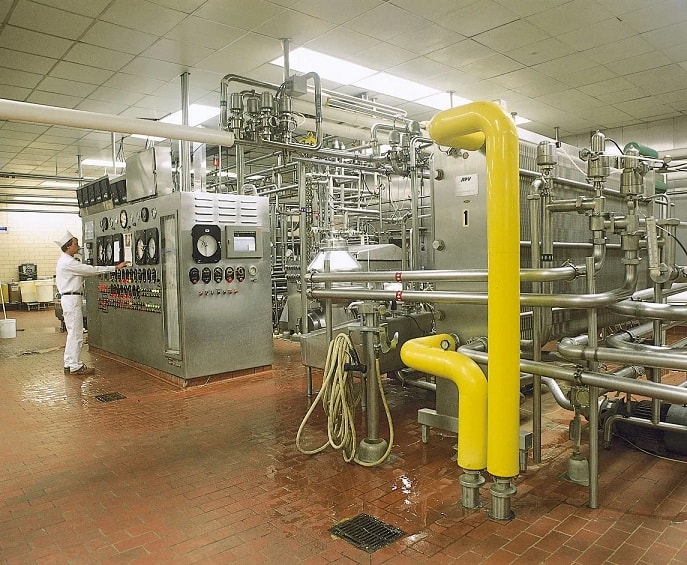
Pasteurization
Pasteurization is a process that involves heating food to a specific temperature to kill harmful bacteria and other microorganisms. This technique is commonly used to preserve milk, juices and other beverages. Pasteurization helps to ensure that the food is safe to consume while maintaining its nutritional value.
Sterilization
Sterilization is a preservation method that involves subjecting food to high temperatures to kill all microorganisms, including bacteria, viruses and fungi. This technique is commonly used to preserve canned foods. Sterilization ensures that the food is safe to consume for an extended period of time.
In conclusion, modern preservation techniques have revolutionized the way we preserve food. These techniques have helped us maintain the quality and safety of food while extending its shelf life. From refrigeration to sterilization, each method has its unique benefits and applications. As technology continues to evolve, we can expect to see even more innovative preservation techniques in the future.
Preservatives
Preservatives are substances added to food to prevent spoilage and extend shelf life. They have been used for centuries in various forms, from natural ingredients like salt and vinegar to modern synthetic compounds. As a food scientist, I have studied and worked with many types of preservatives, including emulsifiers, stabilizers, nitrite and phosphates.
Emulsifiers
Emulsifiers are substances that help mix two immiscible liquids, such as oil and water. They are commonly used in processed foods to prevent separation and improve texture. Some common emulsifiers include lecithin, mono- and diglycerides, and polysorbates. Emulsifiers can also help extend the shelf life of products by preventing the growth of bacteria and mold.
Stabilizers
Stabilizers are substances that help maintain the structure and texture of food products. They are often used in dairy products, such as ice cream and yogurt, to prevent ice crystal formation and improve mouthfeel. Some common stabilizers include carrageenan, xanthan gum and guar gum. Stabilizers can also help extend the shelf life of products by preventing the growth of bacteria and mold.
Nitrite
Nitrite is a preservative commonly used in cured meats, such as bacon and ham, to prevent the growth of bacteria and improve color and flavor. Nitrite can also help prevent the formation of harmful bacteria, such as Clostridium botulinum, which can cause botulism. However, excessive consumption of nitrite can be harmful to human health, so it is important to use it in moderation.
Phosphates
Phosphates are substances that can improve the texture and flavor of processed meats, such as sausages and hot dogs. They can also help extend the shelf life of products by preventing the growth of bacteria and mold. However, excessive consumption of phosphates can lead to health problems, such as kidney disease.
Overall, preservatives play an important role in food preservation and can help reduce food waste and increase food safety. However, it is important to use them in moderation and to follow proper food safety guidelines to ensure that they are used safely and effectively.
Conclusion
In researching the evolution of food preservation, I have found that it has come a long way from ancient techniques to modern technologies. The need for food preservation has always been present, and as technology has advanced, so have the methods of preserving food.
One of the most significant benefits of food preservation is food security. With the world population continuing to grow, it is essential to ensure that there is enough food to feed everyone. By preserving food, we can reduce food waste and ensure that food is available during times of scarcity.
Food production has also been positively impacted by food preservation. With the ability to preserve food, farmers can now transport their crops and livestock further, allowing them to reach a wider market. This has led to increased profits for farmers and a more diverse selection of food for consumers.
The evolution of food preservation has been heavily influenced by technology. From ancient techniques such as drying and smoking to modern technologies such as pasteurization and irradiation, technology has allowed us to preserve food for longer periods and in more efficient ways.
However, it is important to note that not all preservation methods are created equal. Some methods, such as the addition of chemicals, may have negative impacts on the environment and human health. It is important to consider the potential risks and benefits of each preservation method before implementing it on a large scale.
In conclusion, the evolution of food preservation has come a long way, and technology has played a significant role in its development. By preserving food, we can increase food security, improve food production, and reduce food waste. It is important to continue researching and developing new preservation methods that are both effective and sustainable.

